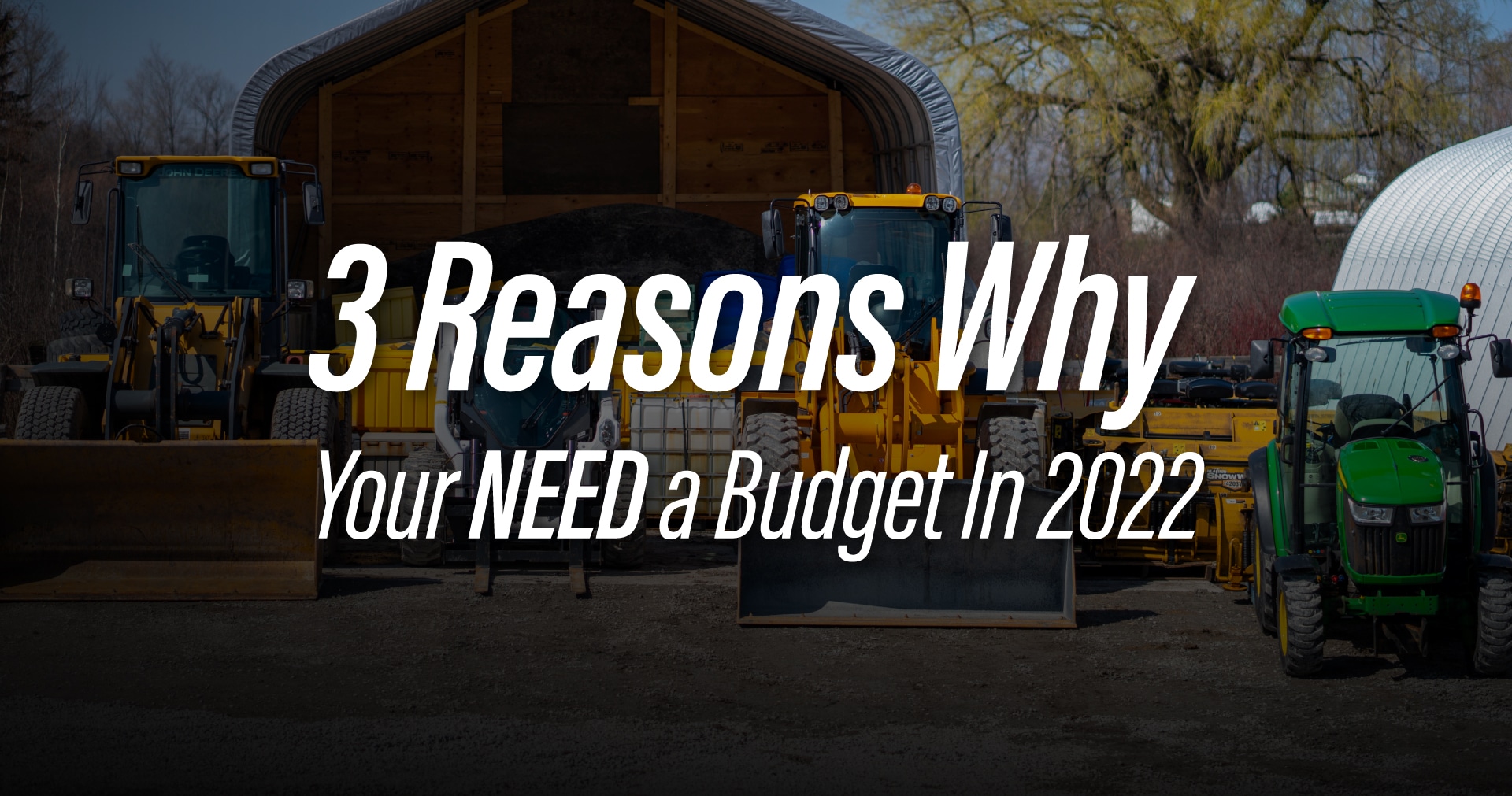Setting a budget is arguably the hard part of the landscaping industry. Sure, landscaping is physically hard work, but that’s where the fun and rewarding part of working with your hands and seeing “s*** get done”. It’s nearly impossible to plan for growth when your mind is on the dirt and not planning for the future. We’ll dive through all the right reasons for setting a budget for your landscaping business in 2022.
Keeping Profitable
Budgeting is the same in any industry. You’re in the business of making money, not paying to work. Setting a sound budget can forecast growth through determining your profit margins, understanding what your overheads costs are, and mapping out how you’re spending your money.
Once you set a budget, you can analyze each line item from the numbers generated the year prior, and find out how to make that more efficient and possibly streamline some operations to justify the costs. It might mean hiring more so that you can drive more sales with the additional capacity or figuring out travel costs more than getting another satellite yard that stores materials and equipment.
Trimming The Fat
Without going into specific personal dining preferences, you trim excess fat off of your steak. Some fat is needed for flavor, so you aren’t going to hack and slash everything at the expense of your steak. What does this have to do with budgeting…?
The steak is the budget and the fat is the cost you could cut. Just because you could cut it doesn’t mean you should every time. There’s a delicate line of costs you need to eat to do business, but too much fat isn’t a fun time and takes away from all the good bits.
Look to cut off Unbillable Hours within reason. Crews will always need to run through pre-work, pick up materials, and travel to work sites. The fat will always be there, but it’s a matter of how much fat to cut off. Can you make the pre-work duties more efficient by creating checklists? Will toll-roads be cheaper than waiting in traffic and eating at the work day? Should there be one dedicated truck for picking up materials or is there a delivery service offered from a supplier? Maybe there are other outside-the-box solutions to consider, but either way, you should always analyze your budget to question and rethink how your company operates to take that next step in your landscape business’ growth.
Start Selling More
We’re done with steaks, but it’s worth mentioning biting off more than you can chew. Instead of saying yes to every job, your budget can tell you have much work you need to be profitable and how to get there. Using last year’s numbers as a benchmark can let your business set goals for growth and determine the best ways to meet those goals. Maybe this means expanding service offerings by investing in new tools and equipment, or simply taking on more contracts and hiring the services of new full-time staff or a subcontractor.
Selling doesn’t have to just be centered around contracts. George Urvari from Oriole Landscaping was recently a guest on Landscape Disruptors guiding Stan “Dirt Monkey” Genadek on how to flip equipment to bring an extra revenue stream into his landscaping business. Through a thorough understanding of equipment in the landscaping industry and how it fits within his budget, there’s always different channels to add to your bottom line.
Budget With Ease
LMN knows how hard budgeting can be for some landscape business owners. We know because we’ve been there, and we developed a software that can help anyone budget with ease. Understanding and loving your numbers are just the first steps in business growth and maximizing profits. Sign up for LMN to take advantage of all our budgeting tools.




